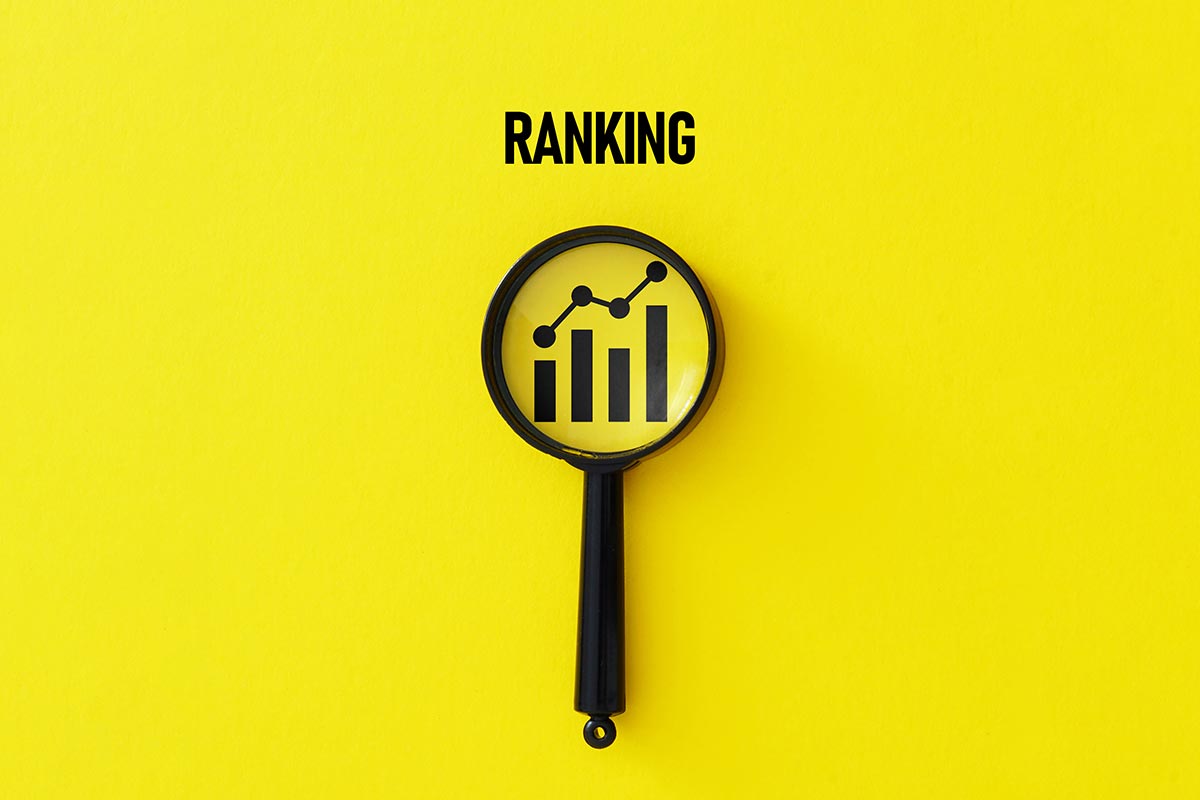In today’s digital world, having a strong online presence is crucial for any business or individual looking to succeed. One of the most effective ways to increase your visibility online is by boosting your organic traffic. Organic traffic refers to the visitors that come to your website through unpaid search results. Unlike paid traffic, which involves advertising costs, organic traffic is free and can be a sustainable source of visitors if managed correctly. In this guide, we’ll dive into expert SEO tips that can help you boost your organic traffic and improve your website’s performance.
Understanding SEO and Its Importance
Search Engine Optimization (SEO) is the practice of optimizing your website to rank higher in search engine results pages (SERPs). The higher your website ranks, the more likely it is to attract visitors. SEO is a complex field that involves various strategies and techniques, but at its core, it is about making your website more attractive to search engines like Google.
Why SEO Matters
Increased Visibility: Higher rankings mean more visibility. Most users don’t scroll past the first page of search results, so being on the first page can significantly increase your chances of being seen.
Credibility and Trust: Websites that appear at the top of search results are often perceived as more credible and trustworthy by users.
Cost-Effective: Unlike paid advertising, organic traffic doesn’t require a continuous financial investment. Once your SEO is in place, it can continue to bring in traffic over time.
Better User Experience: SEO involves improving the overall user experience on your site, which can lead to higher engagement and conversion rates.

Key SEO Strategies to Boost Organic Traffic
1. Keyword Research
Keywords are the foundation of SEO. They are the terms and phrases that users type into search engines when looking for information. Identifying the right keywords for your content is crucial for attracting the right audience.
Use Tools: Utilize tools like Google Keyword Planner, SEMrush, or Ahrefs to find relevant keywords with high search volume and low competition.
Long-Tail Keywords: Focus on long-tail keywords, which are more specific and less competitive. They often have a higher conversion rate because they target users who are further along in the buying process.
Analyze Competitors: Look at what keywords your competitors are ranking for and consider targeting similar terms.
2. On-Page SEO
On-page SEO involves optimizing individual pages on your website to rank higher and earn more relevant traffic.
Title Tags and Meta Descriptions: Ensure that each page has a unique title tag and meta description that include your target keywords. These elements are crucial for both search engines and users.
Header Tags: Use header tags (H1, H2, H3) to structure your content and make it easier for search engines to understand.
Content Quality: Create high-quality, original content that provides value to your audience. Content should be informative, engaging, and relevant to your target keywords.
Image Optimization: Use descriptive file names and alt text for images to help search engines understand their content.
3. Technical SEO
Technical SEO focuses on the backend of your website and how well it can be crawled and indexed by search engines.
Site Speed: A fast-loading website is crucial for both user experience and SEO. Use tools like Google PageSpeed Insights to identify and fix speed issues.
Mobile-Friendliness: Ensure your website is mobile-friendly, as Google uses mobile-first indexing. A responsive design that works well on all devices is essential.
Secure Website: Use HTTPS to secure your website. Google gives preference to secure sites in its rankings.
XML Sitemap: Create and submit an XML sitemap to help search engines understand the structure of your website.
4. Off-Page SEO
Off-page SEO refers to actions taken outside of your website to improve its ranking.
Backlinks: Build high-quality backlinks from reputable websites. Backlinks act as votes of confidence for your site and can significantly impact your rankings.
Social Media: Use social media platforms to promote your content and engage with your audience. While social signals are not a direct ranking factor, they can drive traffic and increase brand awareness.
Guest Blogging: Write guest posts for other websites in your industry to gain exposure and build backlinks.
5. Content Marketing
Content marketing is a strategic approach focused on creating and distributing valuable, relevant, and consistent content to attract and retain a clearly defined audience.
Blogging: Regularly update your blog with fresh content that addresses the needs and interests of your audience.
Video Content: Incorporate video content into your strategy, as it is highly engaging and can help you reach a broader audience.
Infographics: Use infographics to present complex information in a visually appealing way.
6. Analytics and Monitoring
Monitoring your website’s performance is crucial for understanding what works and what doesn’t.
Google Analytics: Use Google Analytics to track your website’s traffic, user behavior, and conversion rates.
Search Console: Google Search Console provides insights into how your website is performing in search results and any issues that need addressing.
Regular Audits: Conduct regular SEO audits to identify and fix any issues that may be affecting your site’s performance.
